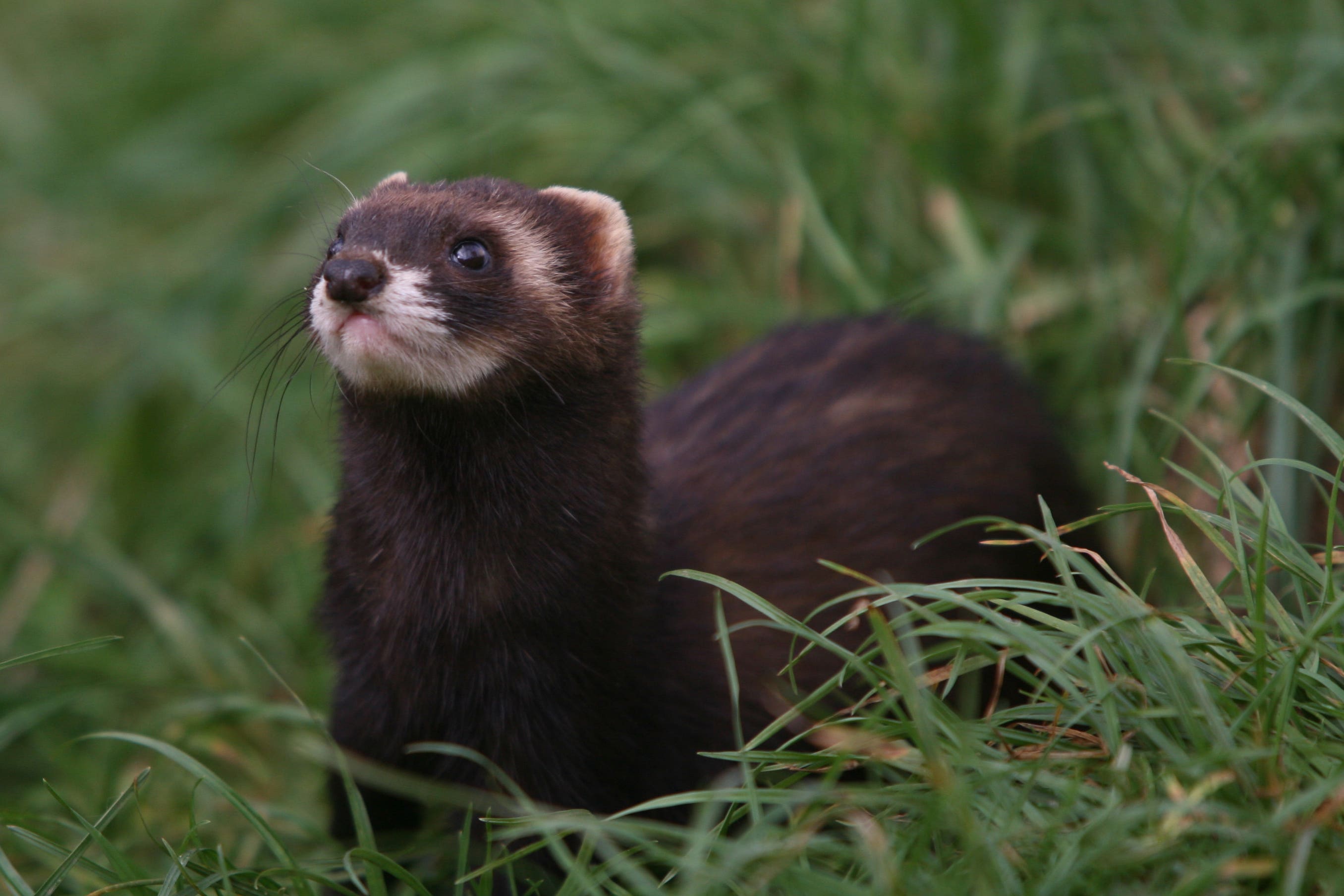Impact of roadkill ‘more shocking’ than previously thought – scientists
Roadkill was found to be the most common cause of death in almost a third of all 150 animals populations studied worldwide.

Your support helps us to tell the story
From reproductive rights to climate change to Big Tech, The Independent is on the ground when the story is developing. Whether it's investigating the financials of Elon Musk's pro-Trump PAC or producing our latest documentary, 'The A Word', which shines a light on the American women fighting for reproductive rights, we know how important it is to parse out the facts from the messaging.
At such a critical moment in US history, we need reporters on the ground. Your donation allows us to keep sending journalists to speak to both sides of the story.
The Independent is trusted by Americans across the entire political spectrum. And unlike many other quality news outlets, we choose not to lock Americans out of our reporting and analysis with paywalls. We believe quality journalism should be available to everyone, paid for by those who can afford it.
Your support makes all the difference.The impact of roadkill is “far more shocking” than previously thought, researchers have warned, based on an analysis of animal populations worldwide.
Collisions with vehicles on the road was found to be the most common cause of death in almost a third (28%) of all 150 animals populations studied – ahead of disease, hunting, and predation.
The researchers said their findings, recently published in the journal Biological Reviews, indicate that some mammal populations could as a result reach a “tipping point” – a critical threshold that when crossed could become irreversible.
Lead researcher Lauren Moore, of Nottingham Trent University’s School of Animal, Rural and Environmental Sciences, said: “The extent of roadkill is far more shocking than we’d previously imagined and it is clear that it is implicated in a possible tipping point for some wild populations.
“While sometimes the raw numbers of animals killed may appear relatively low, roadkill can, directly and indirectly, contribute to mortality rates outnumbering reproduction rates, making populations vulnerable.”
Ms Moore and her colleagues reviewed 83 studies investigating mammal deaths across 69 species.
Of the 83 studies, two that focused on the UK found that 29% of polecat mortalities and 25% of hedgehog mortalities were due to roads, while 9% of the hedgehog population was killed on roads.
Ms Moore said the polecat research showed that the time, money, and effort put in to rehabilitate injured or sick creatures was “negated by roads”, and that “efforts to reinforce or reintroduce threatened species will be limited by roads”.
Globally, species most likely to be killed on roads included Tasmanian devils (native to Australia), Virginia opossums, San Clemente island foxes (native to California), African wild dogs (native to sub-Saharan Africa), and fox squirrels (native to North America).
The team also found that across some populations of animals, up to 80% of all known mortality was due to collisions with vehicles.
More than half (58%) of all fox squirrel deaths in the populations were attributed to vehicles, along with almost half (46%) of Virginia opossum deaths, the study showed.
For the Iberian lynx in Spain – classed as “endangered” by the International Union for Conservation of Nature (IUCN) – 59% and 80% of total deaths in two populations were due to vehicle collisions.
Meanwhile, 38% of “endangered” African wild dog and 48% of “near-threatened” San Clemente island fox populations were killed on roads.
Of 50 Tasmanian devils – classed as “endangered” – released into the wild from captive breeding programmes, the researchers found 38% were killed on roads.
The team also said the growth rate of “vulnerable” giant anteater populations in Brazil was halved due to vehicle collisions and if this continues, populations are likely to go extinct in around 10 years.
Other species also likely to be killed on roads included common genets, western quolls, common wallaroos, grey wolves, grey foxes, American black bears, and pumas.
Dr Silviu Petrovan, study co-author and senior researcher at the University of Cambridge, said: “We all see roadkill when driving but, as this study shows, this mortality can have very different impacts for different species.”
Ms Moore added: “The effect of roads on wild animal populations are one of the most pressing contemporary conservation issues and with road networks increasing globally we need to urgently address this.
“Quantifying the impact of roadkill in this way is important in order to help influence road planning management and decisions, along with future mitigation work.”